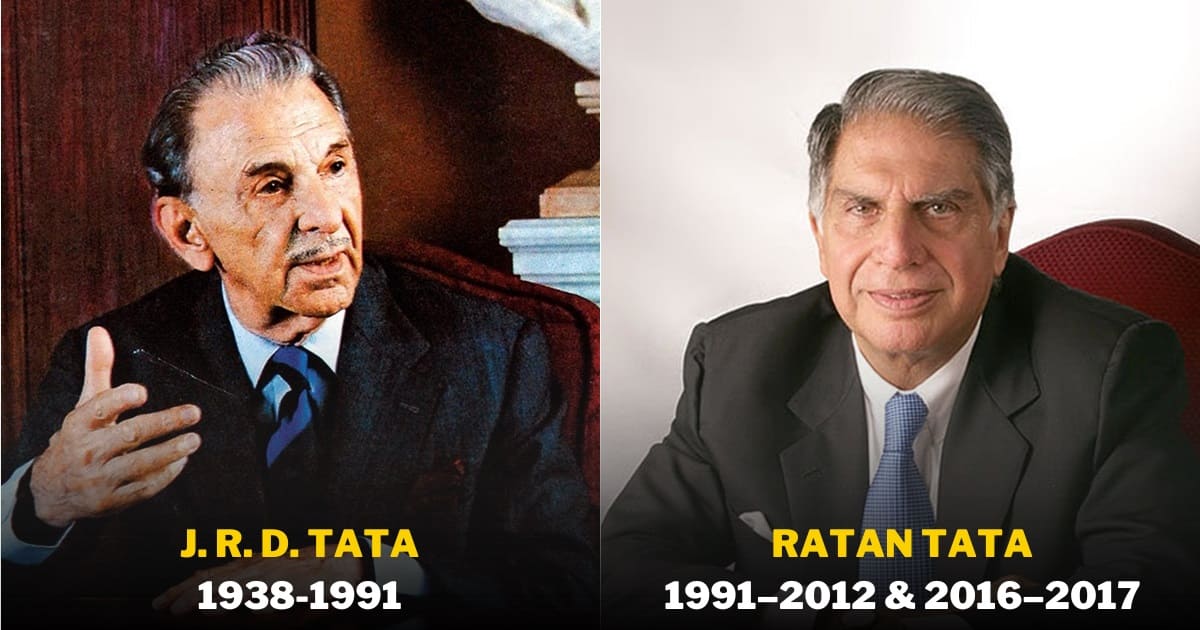
The visionary Jamsetji Tata formed the Tata Group in 1868, and it now boasts a 154-year history that has influenced the lives of millions of people. It all began with steel through Tata Iron and Steel Company (TISCO), a pioneering endeavour that laid the foundation of India’s steel industry.
As time passed, the group embraced new boundaries and changed. They entered the field of information technology, giving rise to Tata Consultancy Services (TCS), which today, is a major player in this industry worldwide. From there, their ventures into infrastructure, motor vehicles, consumer products, and retail won the hearts of Indian households, which is not an easy thing to achieve.
ADVERTISEMENT
The group’s presence in aerospace and defense, tourism and travel, financial services, telecom, and media has added a touch of excellence to each sector. They have facilitated trade and investment in a variety of products through Tata International.
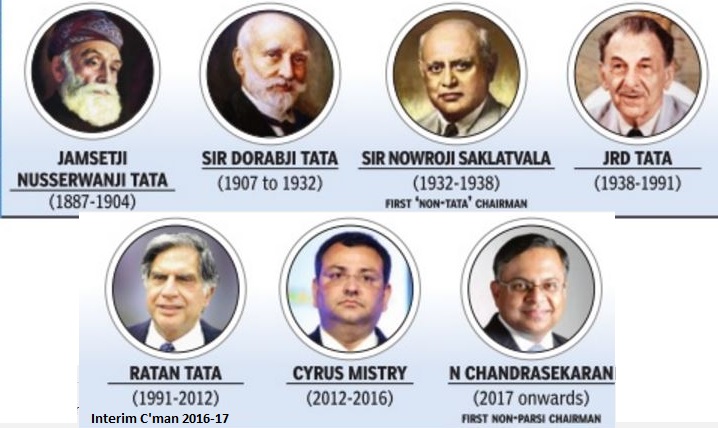
Only seven people have had the honor of leading the Tata Group in its 154-year history. Interested? Here’s the list:
1. Jamsetji Tata (1868–1904)
Jamsetji Tata, born on March 3 in Navsari, established the Tata Group in 1868. His perspective went beyond business, concentrating on India’s development. He worked widely on three important concepts over the years. First, he prioritized economic development and aimed to make India an independent producer of iron and steel.
Second, his support for hydropower showed how seriously he took sustainable development. Eventually, he recognized the importance of education in empowering Indians, which led to the creation of a top-notch educational facility.
ADVERTISEMENT
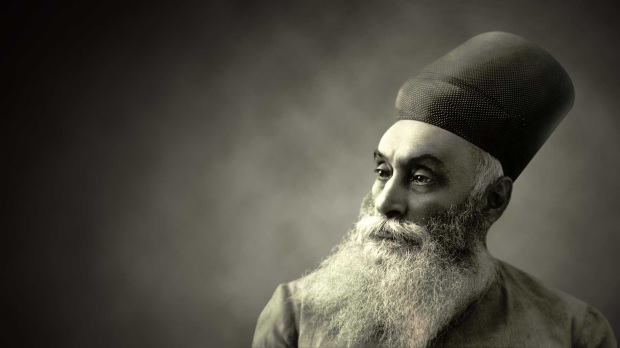
2. Sir Dorabji Tata (1904–1932)
Jamsetji Tata’s eldest son, Sir Dorabji Tata, played a key role in making his father’s dreams come true. He was born on August 27, 1859. He worked towards turning his father’s vision for Tata Steel and Tata Power into reality. To continue the Tata Group’s long history of philanthropy, he also established the Sir Dorabji Tata Trust.
His unwavering dedication was demonstrated in 1924 when he invested his own money to save the faltering steel project. He supervised a five-fold expansion program in the post-World War I era with courage and business expertise, securing the Tata Group’s position as an industrial titan.
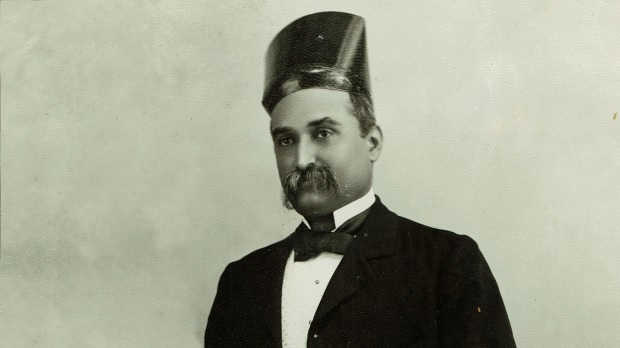
3. Nowroji Saklatwala (1932–1938)
In 1932, Sir Nowroji Saklatwala took over as Chairman of the Tata Group, continuing the work of Sir Dorabji Tata. But his leadership was more than just a succession, it was characterized by a strong dedication to the happiness of the group’s members.
Sir Nowroji, who was born on September 10, 1875, came from a family with a prestigious history in the industrial sector, both in India and abroad. Interestingly, Sir Nowroji started his career as a lowly Tata employee despite having a family link to Sir Jamsetji Tata through his mother.
He began working as an apprentice in one of the mills in 1889, receiving a salary of Rs 50 per month. But his loyalty to the job, his insatiable curiosity, and his profound familiarity with every aspect of the sector quickly attracted the attention of his superiors.
News of Sir Nowroji’s exceptional contributions and industry insights spread like wildfire. He was appointed chairman of the Bombay Millowners’ Association in 1917.
ADVERTISEMENT
Within the Tata Group, he was not just a leader but also a compassionate figure. He was known for prioritizing the well-being of the people within the group. He was admired for his openness and willingness to take on obligations and share his ideas.
Sir Dorabji Tata, the Chairman, and RD Tata worked silently but relentlessly with Sir Nowroji, who was a key player in moulding the group’s future. Being chosen as Sir Dorabji Tata’s successor after his death in 1932 was proof of his ongoing influence and the high respect he earned from every corner.
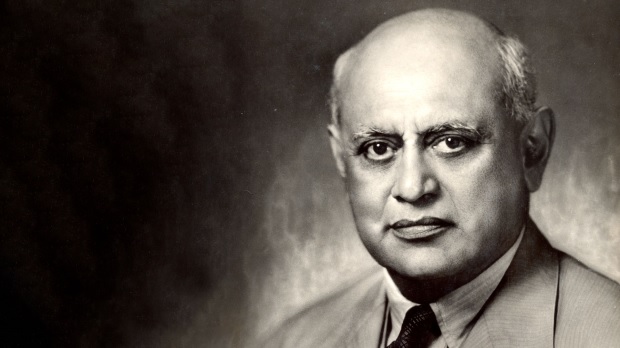
4. J. R. D. Tata (1938–1991)
JRD Tata, the longest-serving Chairman of the Tata Group, forever changed the Indian industry. By founding Tata Airlines in 1932 and establishing civil aviation on the subcontinent, he made history. However, he made many contributions other than flying. He led the Tata Group’s course for more than 50 years with goodness, ethics, and compassion.
JRD came from a multi-cultural background. He was born in Paris in 1904 to RD Tata and his French wife, Sooni. What many people may not know is that the Indian-born astronaut Kalpana Chawla, who sadly died in the Columbia space shuttle disaster, was inspired to pursue aeronautics by JRD’s revolutionary airmail flights.
ADVERTISEMENT
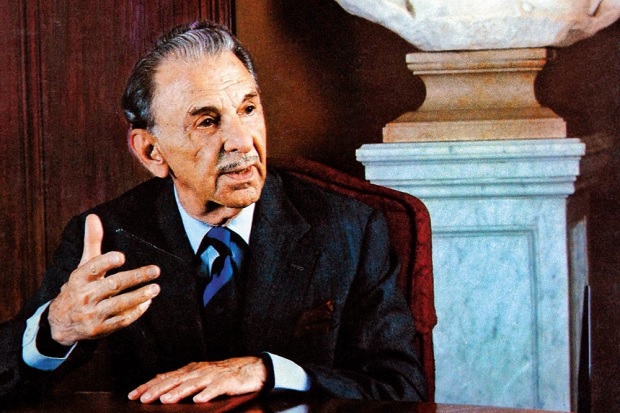
5. Ratan Tata (1991–2012)
The Tata Group has been led into a new era by Chairman Ratan Tata, whose leadership is worthy of appreciation. His journey has been truly inspirational.
Ratan Tata, who was born on December 28, 1937, and his younger brother Jimmy were raised by their grandmother, Navajbai R. Tata, in the wealthy Tata Palace in the heart of Bombay, or what is now Mumbai. Ratan Tata took the position of chairman in March 1991, a challenging assignment considering the historic past of the Tata Group. He undoubtedly made a bigger impact than any of the legends who came before him since the organization’s founding in 1868.
When Ratan Tata joined the Tata Group in 1962 as an assistant at Tata Industries, his journey inside the company officially began. Later that year, he started a six-month training program at Tata Engineering and Locomotive Company’s (now named Tata Motors) Jamshedpur facility. At the Tata Iron and Steel Company, also known as Tata Steel, in Jamshedpur, he continued his training in 1963.
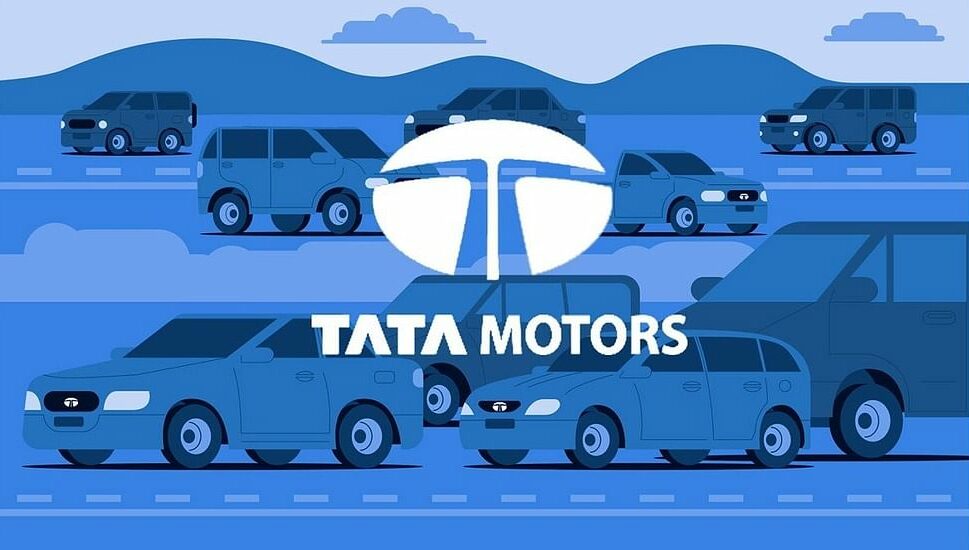
He was hired in 1965 as a technical officer in the engineering section of Tisco, and in 1969 he was chosen to represent the Tata Group in Australia. He went to India the next year, in 1970, and temporarily worked for Tata Consultancy Services, a startup software company at the time.
ADVERTISEMENT
An example of a person who rose from the bottom to run an organization is Ratan Tata.
Ratan Tata became the head of the struggling electronics business Nelco in 1971. In 1981, he served as Chairman of Tata Industries for a while, when he managed the company’s development into a high-tech powerhouse. After JRD Tata, he became the Chairman of Tata Sons in 1991.
Under his leadership, the Tata Group experienced significant changes between 1991 and 2012, including reorganization and high-profile acquisitions like Corus and Jaguar Land Rover. He is known for making the Tata Nano, famous. He made a brief comeback as Chairman in 2016.
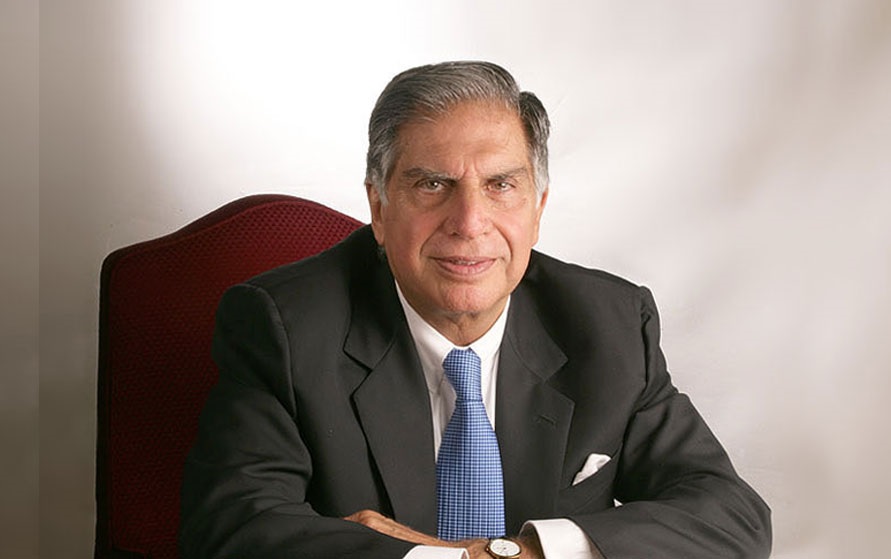
6. Cyrus Mistry (2012–2016)
Cyrus Mistry’s appointment as the sixth Chairman of Tata Sons in 2012 was a historic event, as he was the first person outside the Tata family to take on this crucial role. His leadership had an interesting aspect as the Mistry family had ownership of the Shapoorji Pallonji Group and an important stake in the Tata Group.
However, Cyrus Mistry’s term as CEO of the Tata Group was among the shortest in history, lasting only four years. Relations were friendly between Mistry and Tata until he was removed as the Chairman of the Tata Group. It was a turning point in the development of the Tata Group.
ADVERTISEMENT
On September 4, 2022, Cyrus Mistry tragically lost his life in a road accident when his vehicle hit a divider on a bridge in Maharashtra’s Palghar district. Significant events, difficulties, and changes in his life and journey made a lasting impression on the Tata Group and corporate India.
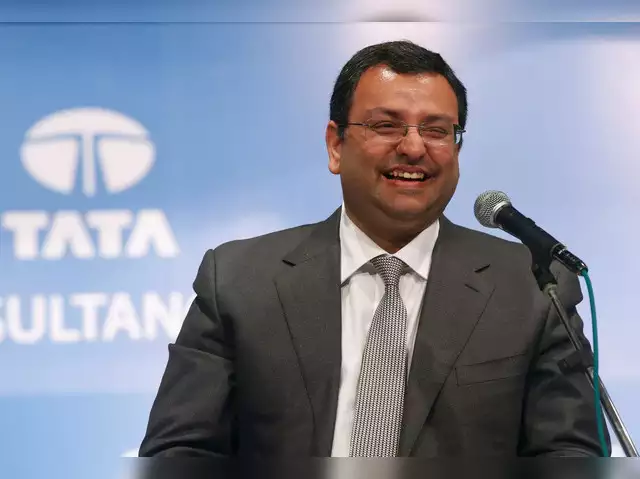
7. N.Chandrasekaran (2017–present)
Born in 1963, Natarajan Chandrasekaran, or “Chandra” as he’s often known, holds an important role as the Chairman of the board of Tata Sons. This is no small task, as Tata Sons is the holding company of the huge Tata Group. His journey to this position has been remarkable.
He started serving on the board of Tata Sons in October 2016, and in January 2017, he was appointed chairman. He has had a significant impact on a number of Tata Group operational firms, such as the titans Tata Steel, Tata Motors, Tata Power, Tata Global Beverages, Indian Hotels Company, and Tata Consultancy Services (TCS), where he previously held the position of CEO from 2009 to 2017.
What makes Chandra’s story even more interesting is his three-decade journey within TCS, where he started right out of university. He climbed the corporate ladder, becoming the CEO and Managing Director of the global IT solutions and consulting giant.
ADVERTISEMENT
Chandra has a creative side outside of the boardrooms. He is an experienced long-distance marathon runner and photographer. These aspects of his life show the personality of the force now leading the Tata Group into the future.
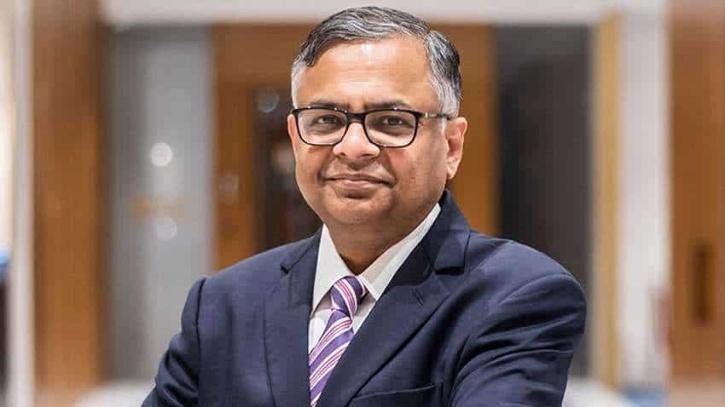
These seven remarkable individuals have led the Tata Group across several industries throughout the course of a story lasting 154 years, creating a legacy of advancement, morality, and social effect. The organization is still thriving today thanks to N. Chandrasekaran’s leadership, who embraces innovation and a dedication to a better future.
ADVERTISEMENT











